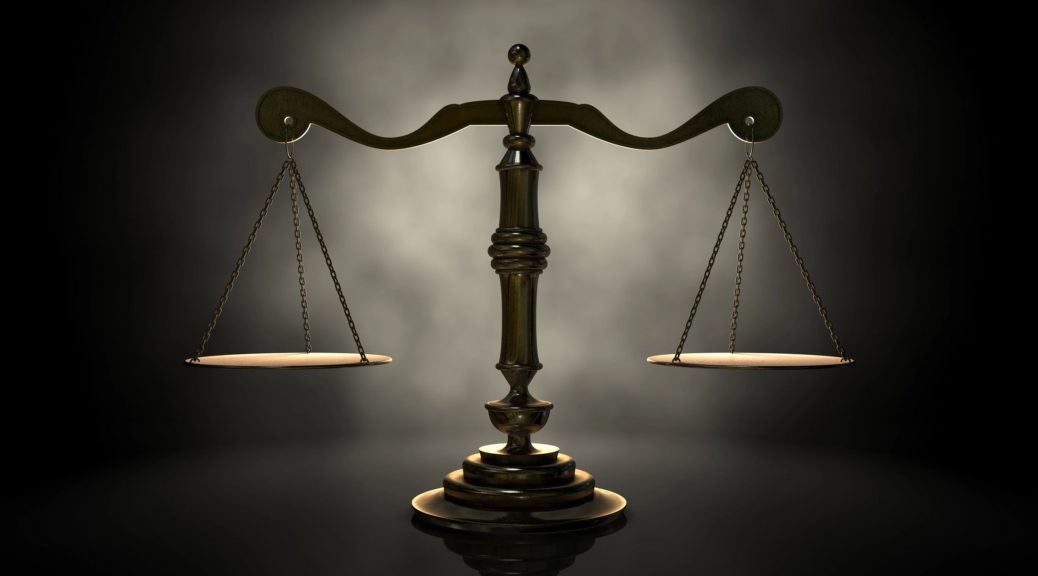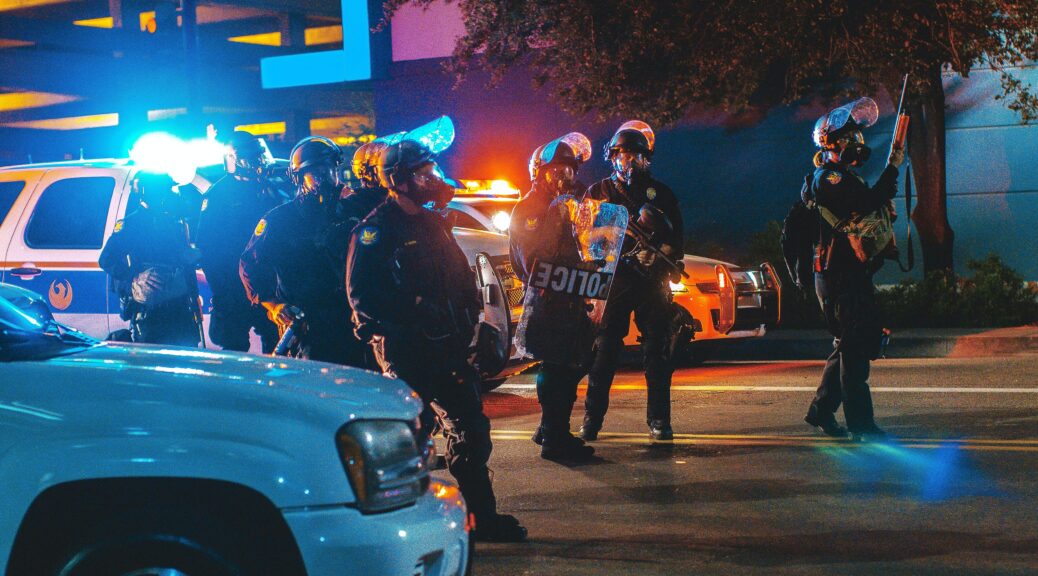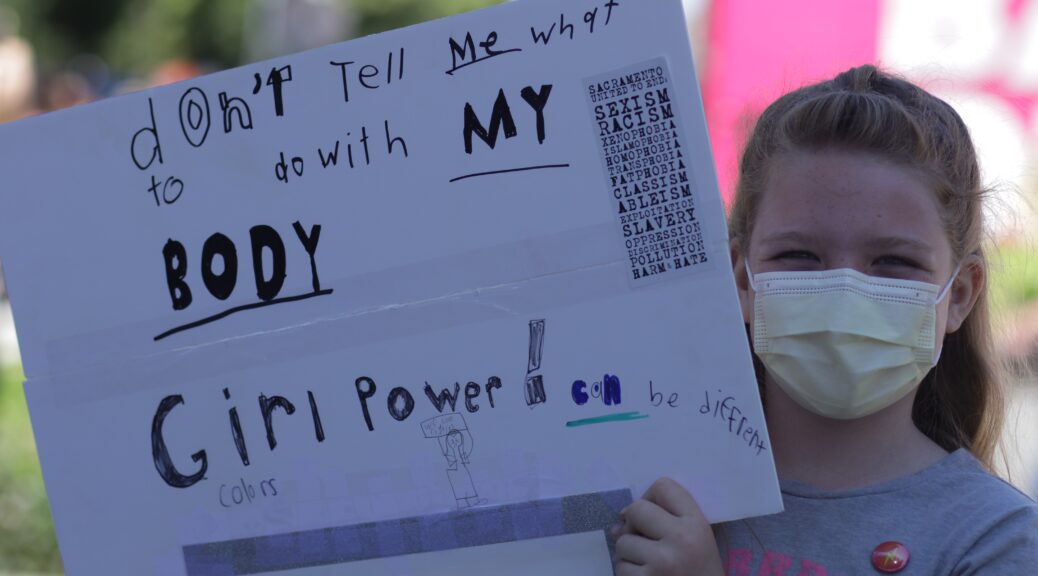Of all the times to learn that about antisemitic literature circulating in my city, the news reached me during the intermission of “Fiddler on the Roof.” It is a great show that captures a moment in time, combining the folklore of Sholom Aleichem, the imagery of Marc Chagall, and great music by Jerry Bock and Sheldon Harnick to tell a story from the collective Jewish memory. As with true Jewish history, it includes the good and the bad parts of being Jewish. We love “Tradition,” but much of our tradition has been built under the weight of oppression. “Fiddler” does not ignore this as the Russian constable’s promise of a pogrom, a violent attack against Jewish communities, mostly in the Russian Empire. Like Chekov’s gun, the mention of a pogrom comes to fruition and disrupts the joyous wedding scene. Being that this is still musical comedy, the pogrom is sanitized: a few goose pillows are torn up, a table flipped over, and one wedding guest is beaten. There is just enough to suggest what really would have happened. An informed viewer of the show knows it more likely looked like the description from Chayim Nachman Bialik’s poem, “The City of Slaughter,” written about the 1903 pogrom in Kishinev. Here are a few excerpts:
Behold on tree, on stone, on fence, on mural clay,
The spattered blood and dried brains of the dead….
A tale unfold horrific to the ear of man:
A tale of cloven belly, feather-filled;
Of nostrils nailed, of skull-bones bashed and spilled;
Of murdered men who from the beams were hung,
And of a babe beside its mother flung,…
And when thou shalt arise upon the morrow
And go upon the highway,
Thou shalt then meet these men destroyed by sorrow.
These are the images brought to mind by the word pogrom, which marks the end of the show’s first act. Walking to the lobby, I opened my phone to discover a text message from a Jewish student at UTC (University of Tennessee- Chattanooga) who had discovered the antisemitic flier.
As if it were fact, the flier stated:
“At the height of American slavery, 78% of slave owners were ethnic Jews.” It also asserted that “40% of the Jewish population were slave owners, while only 0.35% of white Americans owned slaves.”
Then there were three footnotes, one presumably to The Historical Encyclopedia of World Slavery by Junis Rodriguez, and the other two to census data posted on websites of legitimate Jewish organizations. There is so much that is wrong with this flier, my head spins trying to unpack it. First, we start with the statistics and the footnotes. The footnotes do not even come close to supporting the figure it claims. Following the first footnote brings you to a statement that Jews comprised “about 1.25 percent of all the slaveowners in the antebellum South,” a far cry from the statistic the flier wanted to prove. Then from the census data linked to the other two footnotes, I tried to determine how the 78% figure was contrived, but it is impossible. Secondly, in addition to making unsupported statistical claims, the flier also sets in opposition “ethnic Jews” versus “white Americans,” as if the Jews in America were not true Americans. Thirdly, and this, in my opinion, is the most important consideration, we have to ask what motivates someone to plaster such misinformation around a college campus, which sits within walking distance of three synagogues and a Jewish cemetery?
Forced to rebut falsehoods, we allow everyone to miss the point. There are nefarious forces trying to sow distrust of Jewish people. They advance a conspiracy theory that there is a hidden truth the Jews do not want you to know. They pit “ethnic Jews” against the pure “white Americans,” and they invite African-Americans to believe the Jewish people are singularly responsible for their oppression. It is damaging and painful, in part because of the historical bond between Blacks and Jews during the Civil Rights movement and beyond, and also because it makes the Jewish community, as a vulnerable minority, hounded by outrageous conspiracy theories since the Middle Ages, fearful that words will lead to action. Labeled as “Christ Killers” during the Crusades, Jewish villages were attacked by religious zealots as they made their way toward the Holy Land. Victims of the “Blood Libel,” a false claim that Jews kidnapped and tortured Christian children to use their blood in the making of Passover matzah, many Jews were wrongfully imprisoned and murdered. Viewed as being untrustworthy and greedy, Jews were expelled from Spain, France, and England. And as the subject of a fictional work, “The Protocols of the Elders of Zion,” which was sold as a historical document, allegations of a Jewish plot to control all the world’s wealth and government led to acts of violence against Jews, first across the Russian Empire and eventually around the world. The accumulation false claims about Jewish people motivated attacks, like the fictional pogrom represented in “Fiddler on the Roof,” or the very real Kishinev pogrom described in “The City of Slaughter,” and ultimately the Holocaust which leveraged baseless hate and propaganda to justify the systematic murder of 6 million Jews.
The real kicker is, even though those who posted the insidious flier want to pin responsibility for American slavery on the Jewish people, and even though a preponderance of Jewish Americans at the time lived in the North supporting and fighting for the Union, the vast majority of the world’s Jewish population prior to and during the Civil war was still in Eastern Europe, living under the oppressive rule of the Czar, fleeing from Cossacks, and enduring vicious attacks. Half a world away, America stood as a beacon of freedom, and waves of immigrants fled burning villages for the promise of equality and security. In 1880, there were roughly 250 thousand Jews living in America. Over the next 50 years, nearly 3 million Jews would cross the ocean to settle in the United States. Therefore, the experience of most current American Jews’ ancestors, at the time of the Civil War, was as an oppressed people. Still, those who posted fliers on the UTC campus, would have you believe a false view of history, motivated by the very same lies and bigotry that led to persecution, pogroms, and to the Holocaust.
All of this weighed on my mind as I returned to my theatre seat for the second act of “Fiddler.” I struggled to focus and enjoy the performance as I realized, in 2022 America, the very same lies and beliefs that led to the oppression of my ancestors in Europe, were very much alive. It is part of a larger pattern that is growing in plain sight. Amid the proliferation of antisemitic rhetoric and the permissive silence from those who know better, Jewish people in Chattanooga and around the world are rightly worried, and becoming increasingly afraid that history is about to repeat itself.
__________________________
1 “Pogrom is a Russian word meaning ‘to wreak havoc, to demolish violently.’ Historically, the term refers to violent attacks by local non-Jewish populations on Jews in the Russian Empire and in other countries.” (From the website of the United States Holocaust Memorial Museum).
2https://faculty.history.umd.edu/BCooperman/NewCity/Slaughter.html
3 Gross overstatement of the Jewish role in the slave trade is a common trope shared by White Supremacist groups as well as the Black Hebrew Israelites (as in the film recently promoted by basketball player Kyrie Irving) and the Nation of Islam. Rather than factual statements about Jewish slave owners in the South, who comprised a small fraction, they attribute blame and responsibility for slavery to the Jewish people as whole.
4 The flier just says “Rodriquez, p. 385.”
5 “The Jew in the Modern World,” Paul Medes-Flohr and Jehuda Reinharz, eds., Oxford University Press, 1980, p. 528.
6 “The Jew in the Modern World,” Paul Medes-Flohr and Jehuda Reinharz, eds., Oxford University Press, 1980, p. 529.









